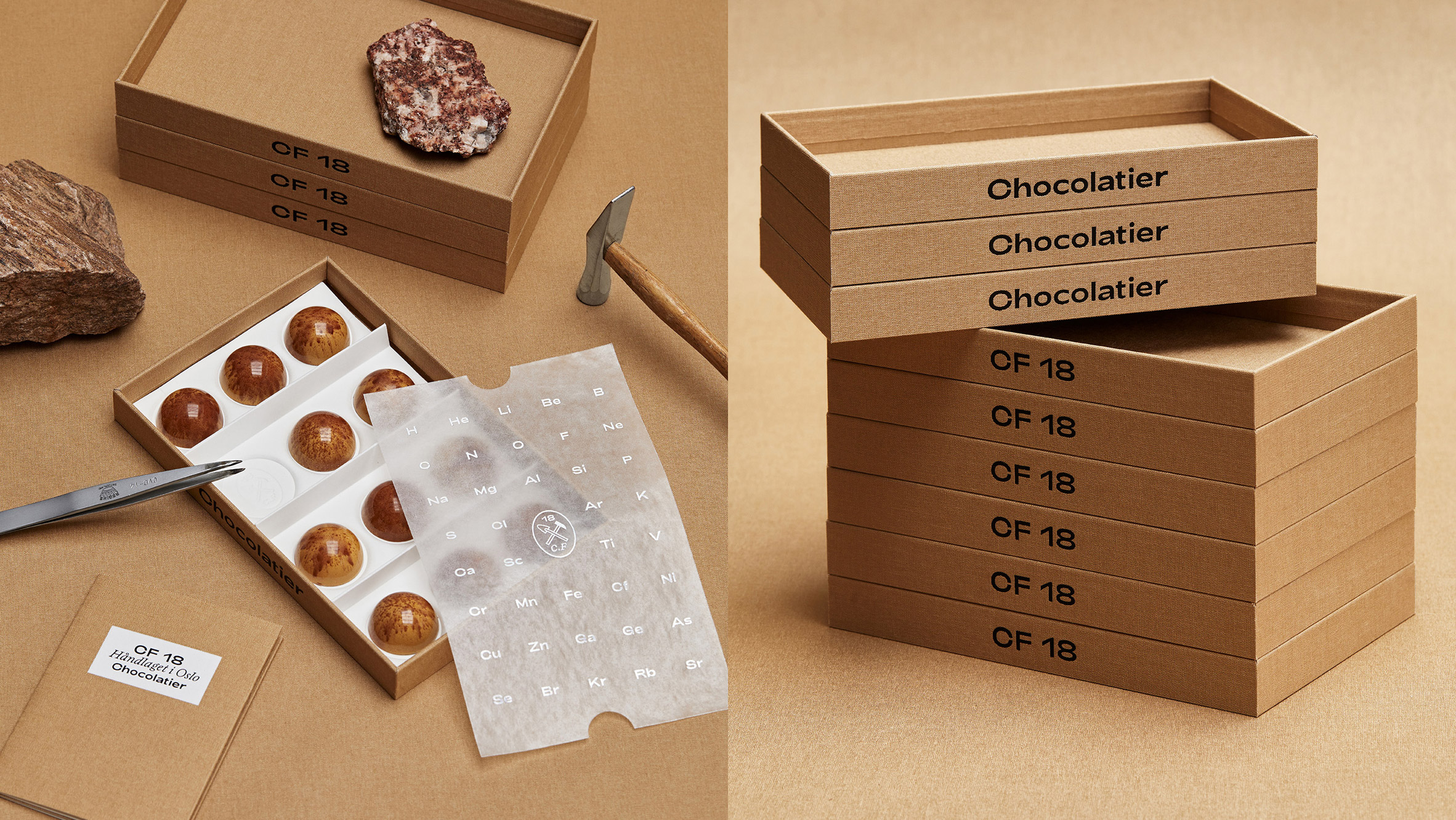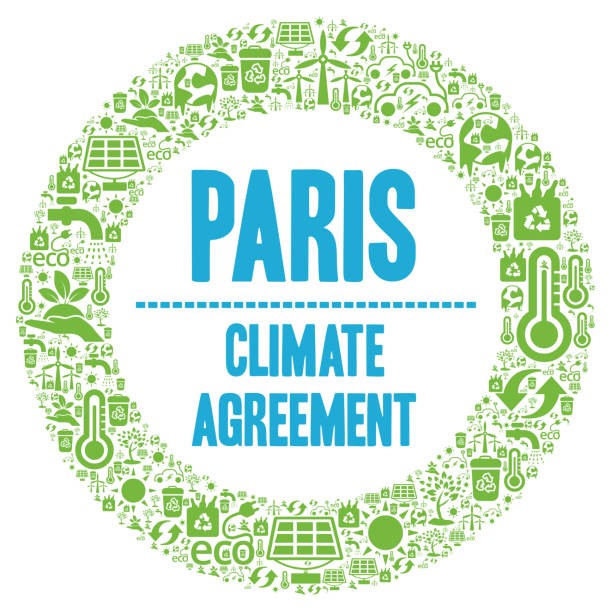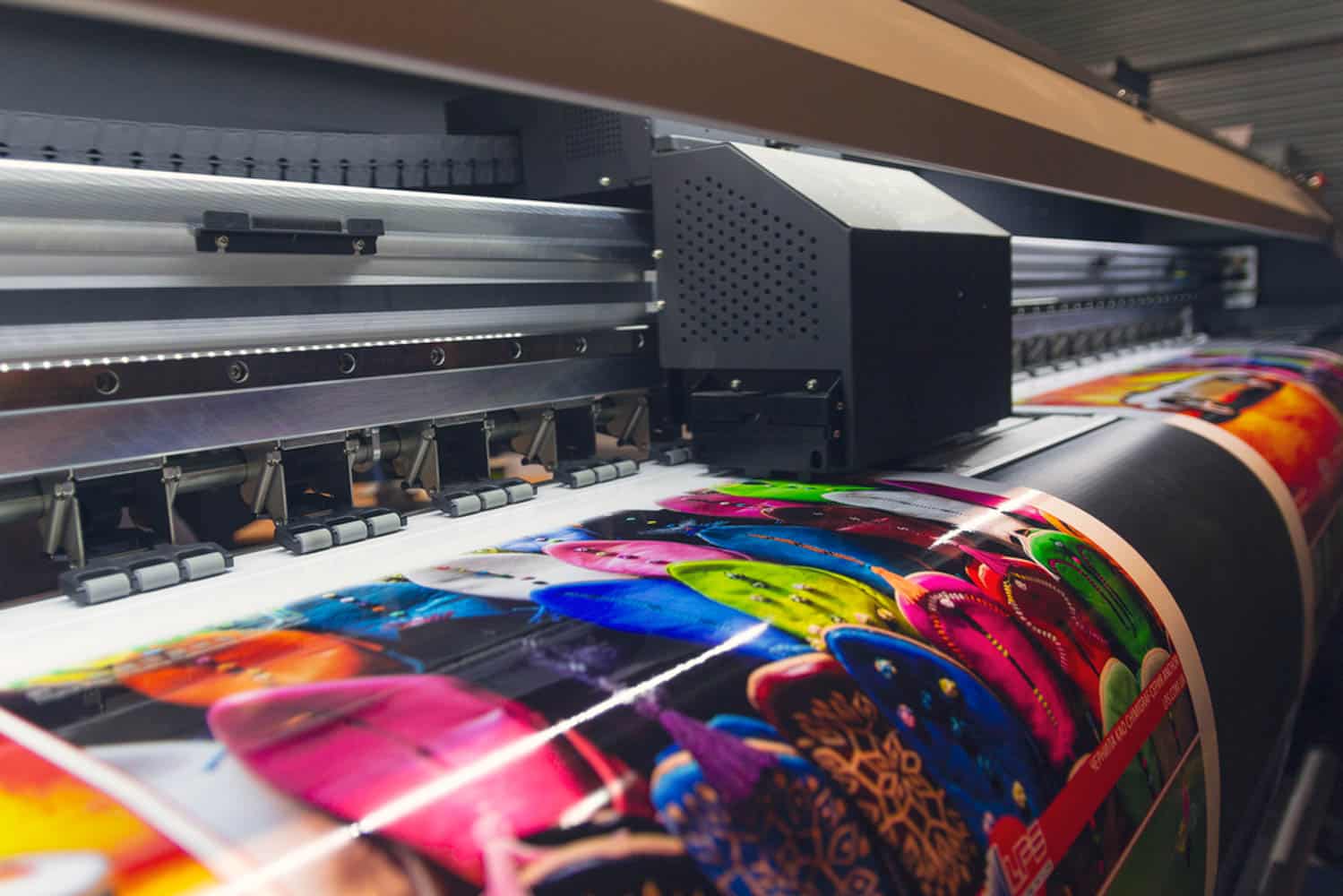
The packaging forms part of a wider visual identity created for local confectionary business CF18 Chocolatier, which has been shortlisted for this year's Dezeen Award in the graphic design category.
In a bid to cut out the plastic that is normally contained within chocolate packaging, the design makes use of recycled cardboard trays and inlays made from a type of mouldable paper called FibreForm.
Thanks to its cellulose fibres, which are longer than those of standard paper, the malleable material can be shaped using a special deep debossing machine to create the cavernous, circular indentations, which secure the hemispherical chocolate pieces in place.
According to a life cycle analysis by the Research Institutes of Sweden, the process of creating the material emits up to 71 per cent less carbon than a comparable plastic tray.
"Since plastic is a default solution for many industries, we felt this project was perfect for experimenting with an alternative material due to the artisanal scale and distribution of CF 18 chocolates," OlssønBarbieri's managing director Henrik Olssøn told Dezeen.
"We think this material and its properties could rival plastic also on a larger, more commercial scale, where there is room to invest in a more advanced moulding tool."
In order to keep production costs down, the paper liner is manufactured as a standard module that holds 12 pieces of chocolate.
This can be split in half along a perforated line to fit inside a box of six or doubled up to fit the 24-pack.
The boxes are housed inside an all-white sleeve also made from FibreForm, which needs to be torn open in order to access the sweets within.
Through this kind of performative ritual, the design hopes to encourage a more conscious, considered relationship with an ephemeral object like packaging.
Inspired by the fact that CF18 Chocolatier's founder used to work in engineering, and the fact that many of his early chocolate designs resembled stones, OlssønBarbieri created a visual identity heavily informed by the sciences.
The company's oval brand mark, which is embossed on the sleeve and into each of the circular indents, features a hammer and a spatula.
"The hammer belongs mostly to geology but is also used to break the chocolate," said Olssøn.
"A spatula is a tool used by chocolatiers for tempering the chocolate but it also resembles a shovel."
Meanwhile the glassine – the translucent, glossy paper that lies on top of the chocolate – is emblazoned with holographic foil spelling out the periodic table.
OlssønBarbieri was also involved in the design of the actual chocolate, with each flavour featuring distinct patterns and colours that imitate real stones or minerals found in Norway.






